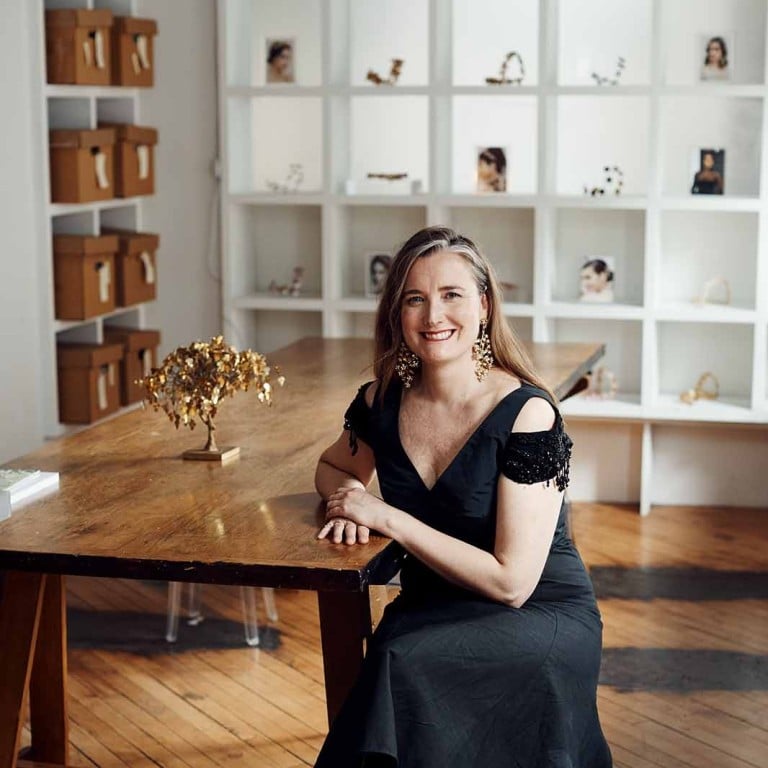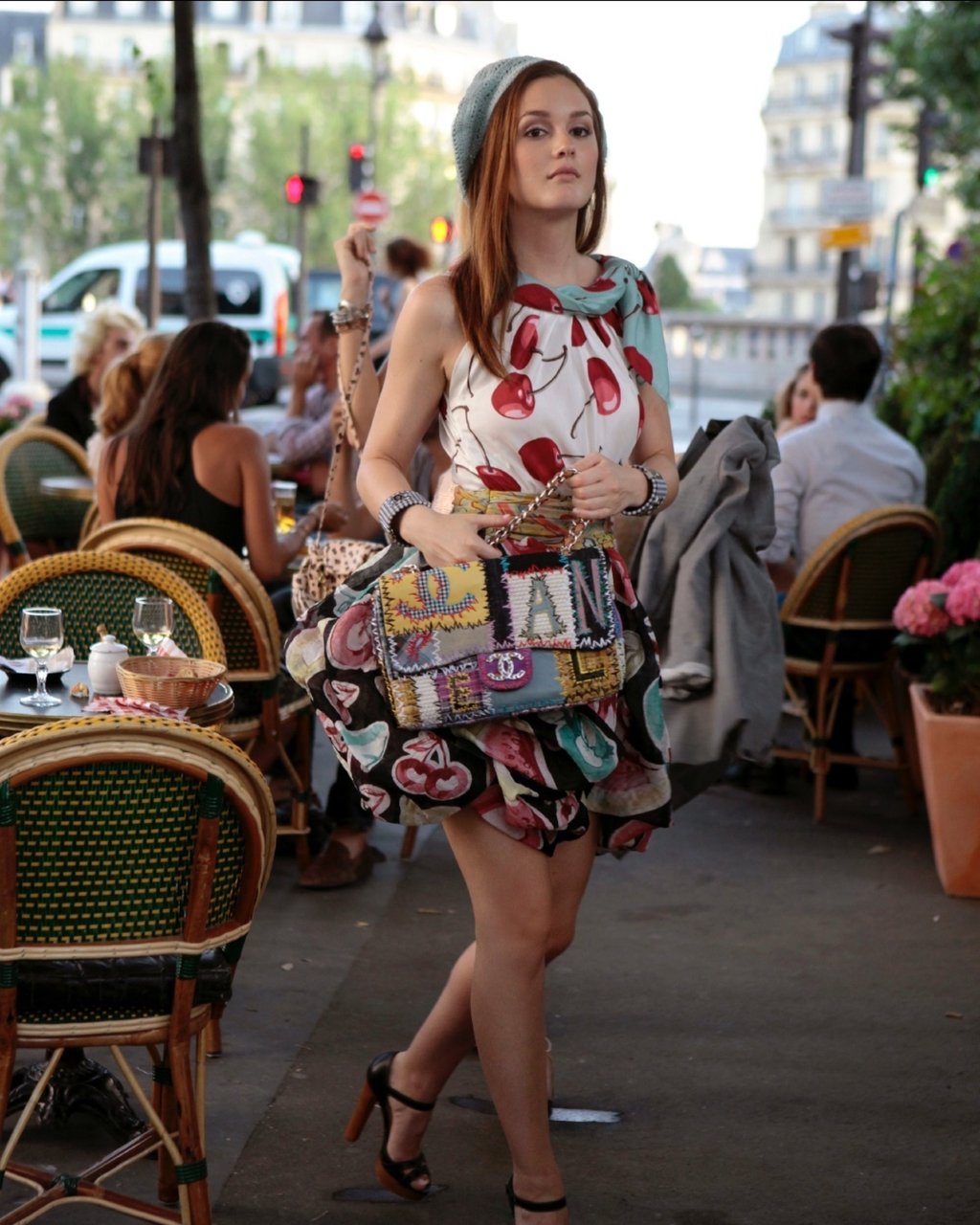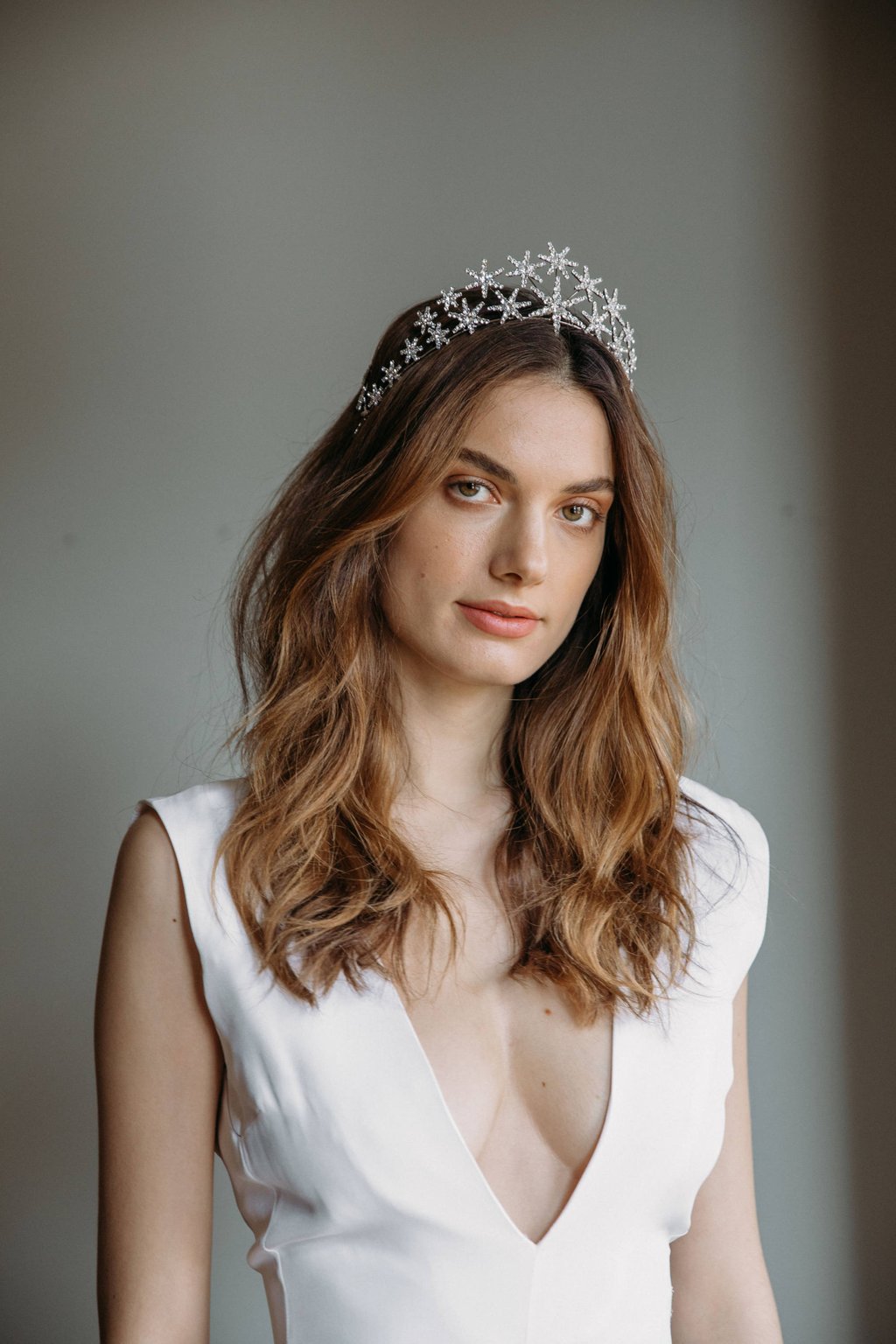How Jennifer Behr pioneered slow fashion and made hair accessories cool – before Blair Waldorf and Gossip Girl – and why the Brooklyn-based designer still prefers physical stores to shopping online

- Sustainability is finally a buzzword in the fashion industry, but pioneering designer Jennifer Behr has long embraced waste-free practices in her namesake brand – ‘What we get rid of at the end of the year fits in a shoebox’
- A curated selection of the most popular Jennifer Behr products are now available at Hong Kong’s Lane Crawford, including a few exclusive items only available in the city
When many of us think about New York, we think of Gossip Girl. And who could forget “It” girl Blair Waldorf’s game-changing fashion, most memorable for the hit headpieces? The smash series was one of the very first pop culture moments that put accessories, for hair in particular, on the map. “It became something that people embraced,” says Jennifer Behr, who founded her namesake luxury accessories brand in none other than the Big Apple itself. “All those years ago, it was this challenge to build hair accessories into an actual category.”
Just like Waldorf did for an entire generation of young fashionistas, Behr has been setting the trends for a long time as a flag-bearer for the luxury accessories market. “We really built it,” says Behr, who launched the brand back in 2005, a whole two years before Gossip Girl’s release. “In the beginning, we were actually doing trunk shows and convincing people to put things on. They would be like, ‘I don’t know how to wear it.’ They weren’t used to thinking about headpieces in the same way that they were used to thinking about jewellery.”

“To me, the accessories are more the storytelling part of the outfit,” says Behr. The designer, who turned to design after studying sculpture and art history, has always been a storyteller herself. This is tangible in her pieces, which she affectionately calls her “children”, borrowing inspiration from the Birth of Venus and other pieces of Renaissance art.
And in an age when individuality and originality are prized more than ever thanks to Gen Z, what better way to show off who you are than through a headpiece that looks like it was pulled from a painting? “People are now constructing outfits around the accessories,” says Behr. Even brides and their veils. “When we started years ago, [luxury customers] were looking to brands for a total look. Now, people are really much more interested in mixing and matching.”

This creative spirit of mixing and matching is key to the Jennifer Behr brand identity, fully dedicated and devoted to collaborative craftsmanship. While Behr calls herself a materials girl, focused on the balance of her designs given her background in sculpture, she says every member of her team contributes something different to her creations in a mishmash of ideas. “We have eight seamstresses in-house. So having that atelier-based model means that everybody is involved in the design process.”
Behr also prides herself on pioneering slow fashion before it became cool. While sustainability is a buzzword for many brands, waste-free practices are at the heart of her humble Brooklyn studio’s operations. “What we get rid of at the end of the year fits in a shoebox,” says Behr, “and it’s usually just a couple of damages from the warehouse.”

But there’s one trend Behr is less keen on. For a brand where every detail is crafted by hand, having a physical retail experience for customers still trumps digital presence any day. “Being online, it’s just a couple steps removed from the customer,” says Behr. “I really encourage people to put things on because they come alive when they’re on.”
Behr says that unbeatable experience of putting accessories on and feeling alive is what drives her female-led, female-founded brand – and what sets it apart from others in the overall male-dominated fashion industry. “There’s the practical side. As a female designer, you’re more concerned about the weight, the comfort, and how something fits,” says Behr. “And there’s the emotional side of it. You’re thinking about how [accessories] make somebody feel. You want to make them feel good.”